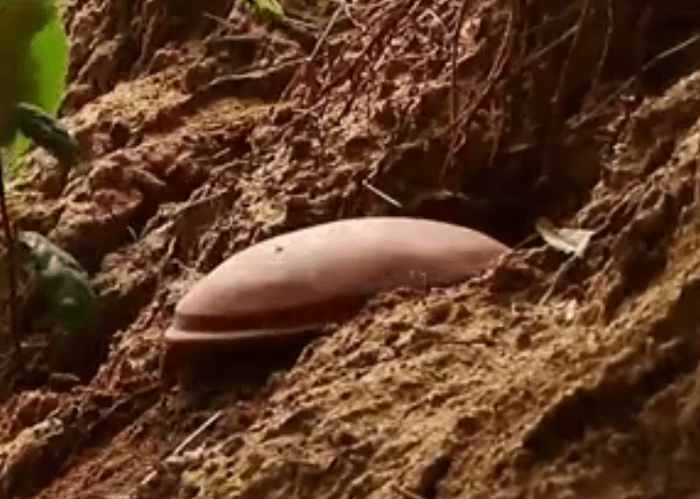Sprinkler and drip irrigation saves water wastage from flooding irrigation but the initial installation cost is high. New technologies have been developed.
Pitcher irrigation is a cheap way to save water and is used to grow fruits and vegetables in arid and semi arid areas. With pitcher irrigation, round pots are buried into the soil and filled with water. The water sips out slowly through the walls of the pot to the plant roots. Pitcher irrigation is particularly useful to grow crops in soils that have become salty.
Pitcher irrigation advantages
Can be used to establish crops on steep slopes and fast draining areas where conventional irrigation is impractical, There are few weeds with pitcher irrigation since water is delivered only to the roots of plants and pitcher irrigation is not expensive to install and is easier to use.
Installing pitches
Select pitches that of about 10 litres that are made of clay and fired in a bonfire or kiln with walls of about 1cm thickness. Dig a round pit so that when the pitcher is pu in the soil, the neck will be above the soil.
Put the pitcher and fill the space between the pitcher and the hole with soil mixed with decomposed farm yard manure then fill the pitcher with water and cover.
Each pitcher moistens soil up to 40cm away from the pot. In a vegetable field, burry the pots about 40cm apart . For coconut plants, leave 60 to 90 cm between the pot and the stem. For mangoes, burry the pitches 50 to 75cm away from the main stem while for mature fruit trees planted 4 metres apart, place a pot half way in between 2 trees.



















